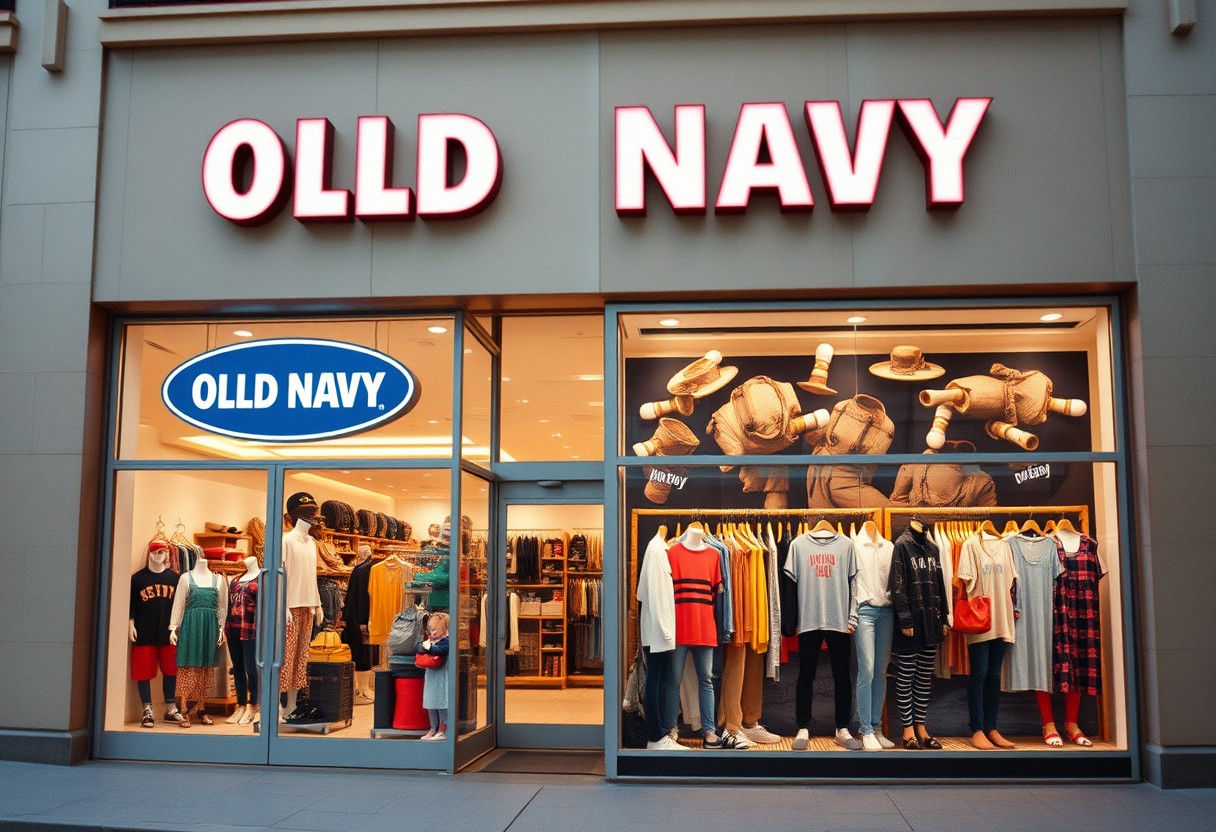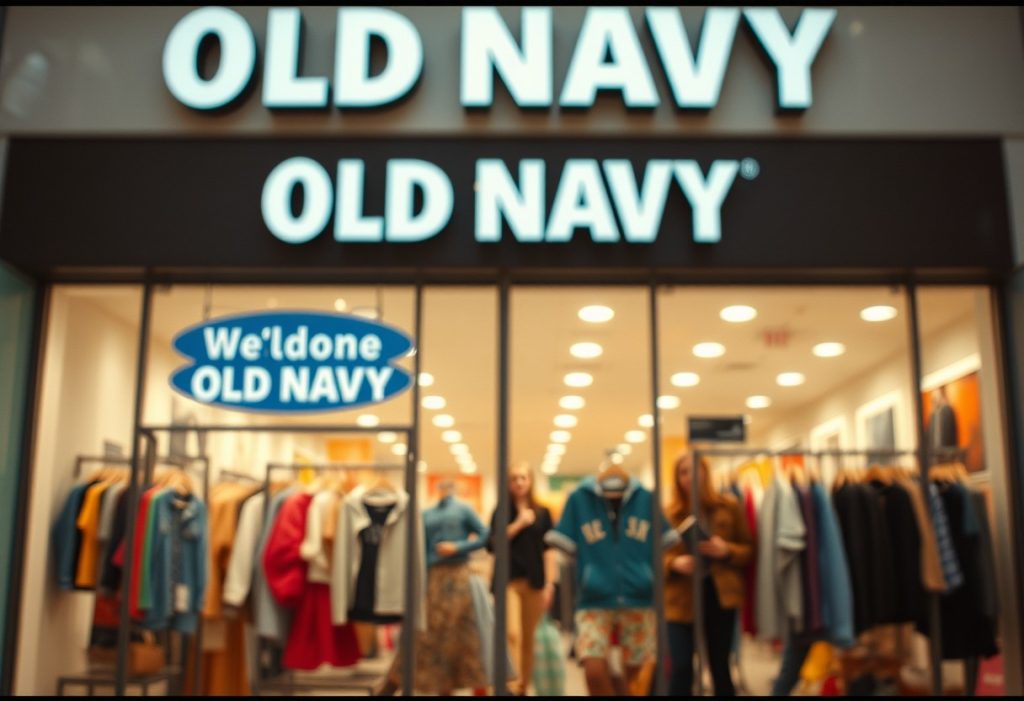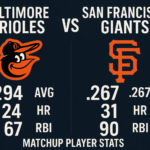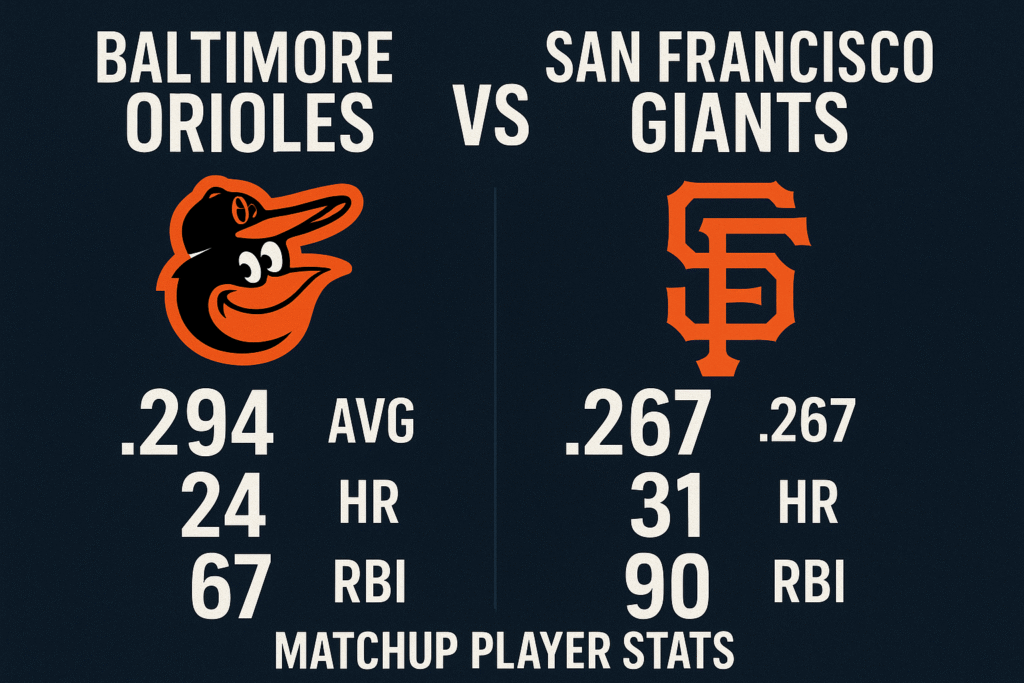Fast fashion is a term that characterizes the rapid production of inexpensive clothing in response to the latest trends, and you may be wondering where brands like Old Navy fit into this mix. In this blog post, we’ll explore Old Navy’s business model, examining its affordability, marketing strategies, and environmental impact to help you understand whether it truly qualifies as part of the fast fashion industry. By the end, you’ll have a clearer perspective on how your shopping choices align with sustainability and ethical fashion practices.
Understanding Fast Fashion
The fast fashion industry has drastically transformed the way consumers approach clothing and shopping. This chapter will examine into the definition of fast fashion, key characteristics that define it, and the environmental and ethical concerns it raises.
Definition of Fast Fashion
Any clothing produced rapidly by mass-market retailers in response to the latest trends is classified as fast fashion. This model enables brands to offer new items to consumers at a swift pace, allowing them to keep up with ever-changing fashion trends.
Key Characteristics
Any significant aspect that shapes fast fashion includes affordability, trend replication, and rapid turnover. Retailers often release new collections weekly, ensuring that what’s available stays relevant and appealing to the fashion-forward consumer.
To expand on the key characteristics, it’s imperative to understand how fast fashion is driven by consumer demand for cheap, trendy clothing. Retailers focus on quick production cycles, which allows them to offer trendy clothing at affordable price points while often sacrificing quality and longevity in the process. This results in a cycle where consumers are encouraged to buy more and dispose of items faster, feeding into the cycle of consumption.
Environmental and Ethical Concerns
On the other hand, fast fashion raises significant environmental and ethical concerns. The industry’s rapid production and disposal of clothing contribute heavily to waste and pollution, impacting both the planet and the people involved in manufacturing processes.
Ethical issues surrounding fast fashion include labor exploitation and unfair wages for workers in developing countries. The demand for inexpensive clothing encourages brands to cut costs by utilizing low-wage labor and often unsafe working conditions. As you consider your shopping habits, being aware of these concerns can help you make more informed choices that align with your values.

Old Navy’s Business Model
You may be curious about how Old Navy operates within the clothing industry. As a subsidiary of Gap Inc., Old Navy’s business model is designed to provide trendy, affordable clothing to a broad audience while maintaining high sales volume. You can find more about their sustainability efforts by visiting Old Navy – Sustainability Rating.
Pricing Strategies
One of Old Navy’s key pricing strategies is its commitment to offering fashionable clothing at competitive prices. The brand frequently employs sales promotions, discounts, and loyalty programs to attract customers, ensuring that shoppers perceive they are getting value for their money.
Production Practices
With a focus on affordability, Old Navy enhances its production practices by leveraging efficient manufacturing techniques and sourcing materials at lower costs. This strategy allows them to maintain lower prices in a competitive retail market.
This approach, however, raises questions about the sustainability and ethical implications of their production methods. Old Navy has faced criticism for labor practices and environmental concerns related to fast fashion. While the brand aims to provide affordable options, you may wonder how this aligns with responsible production standards and the impact on garment workers and the environment.
Marketing Approaches
Approaches to marketing at Old Navy emphasize accessibility and inclusivity. The brand employs a mix of traditional advertising and digital marketing strategies to reach a diverse audience and enhance brand loyalty.
Understanding the importance of brand perception, Old Navy invests in campaigns that celebrate body positivity and diversity. This inclusive messaging resonates with many consumers today, as the brand seeks to create a community where all shoppers feel represented. By engaging with customers through social media and targeted advertisements, Old Navy aims to connect with consumers on a personal level, enhancing their overall shopping experience.
Old Navy’s Position in the Fashion Market
Not only is Old Navy a popular shopping destination, but it also occupies a unique space in the fashion market. While often compared to traditional fast fashion brands, its business model and product offerings reveal a different angle.
Comparison with Fast Fashion Brands
With comparison in mind, consider the key differences between Old Navy and typical fast fashion companies.
Old Navy vs. Fast Fashion Brands
| Business Model | Focus on value and family-oriented styles |
| Quality | Moderate quality with an emphasis on classic designs |
| Production Cycle | Longer production cycles with seasonal collections |
| Price Range | Affordably priced for budget-conscious shoppers |
Customer Demographics
Fast-paced lifestyles characterize the demographics of Old Navy customers. You’ll find that the brand primarily appeals to families and younger consumers seeking trendy yet affordable options.
Another defining aspect of Old Navy’s customer demographics is the brand’s commitment to inclusivity. Old Navy caters to a diverse audience, offering a wide range of sizes and styles for children, adults, and even expectant mothers. This approach not only enhances accessibility but also invites a broader spectrum of shoppers who value both fashion choice and affordability.
Trends in Retail Distribution
Trends in retail distribution for Old Navy reflect significant shifts in consumer behavior and market demands. You may notice a balance between physical locations and online shopping conveniences.
Retail experts have observed that Old Navy continues to invest in enhancing the in-store experience while equally prioritizing online platforms. This dual strategy allows you to have a seamless shopping experience whether you prefer browsing in-store or online. As consumers increasingly turn to e-commerce, Old Navy adapts by improving its digital presence, ensuring that you have access to fashionable items wherever you choose to shop.
Conclusion
As a reminder, Old Navy operates within the fast fashion industry by prioritizing affordable, trendy apparel and quick production cycles. While the brand balances affordability with social responsibility through initiatives like sustainable practices and ethical labor standards, you must consider the environmental impact associated with fast fashion. Ultimately, your purchasing choices can influence the broader fashion landscape, promoting a shift towards more sustainable consumption habits.
FAQ
Q: What defines the fast fashion industry, and does Old Navy fit into this definition?
A: The fast fashion industry is characterized by its quick turnaround time from design to retail, allowing brands to produce inexpensive clothing that reflects the latest trends. This model prioritizes speed and low cost, resulting in frequent inventory changes and a high volume of production. Old Navy, as a brand under the Gap Inc. umbrella, does implement aspects of this model by frequently updating its clothing lines and offering trendy, affordable items. Therefore, while Old Navy does have some attributes of fast fashion, it also focuses on offering timeless pieces and basics, which may set it apart somewhat from other typical fast fashion retailers.
Q: How does Old Navy’s production practices affect sustainability in the fashion industry?
A: Old Navy has made strides towards improving its sustainability efforts by pledging to use more environmentally friendly materials and implement responsible practices over the years. However, as a part of the fast fashion industry, it still faces criticism due to the large quantities of clothing produced and the rapid turnover of inventory, which encourages consumerism and often leads to waste. While Old Navy is working towards better sustainability, the inherent nature of fast fashion poses significant challenges in minimizing its overall environmental impact.
Q: What strategies does Old Navy use to differentiate itself from other fast fashion brands?
A: Old Navy differentiates itself from other fast fashion brands through its emphasis on value, family-oriented marketing, and inclusivity in sizing. The brand targets a broader demographic, offering styles that appeal to women, men, and children at affordable prices. Additionally, Old Navy often promotes campaigns centered on community engagement and social responsibility, aiming to build a positive brand image that resonates with consumers who are becoming more environmentally and socially conscious. This strategy helps it maintain a unique position in the marketplace, despite some alignment with fast fashion practices.







